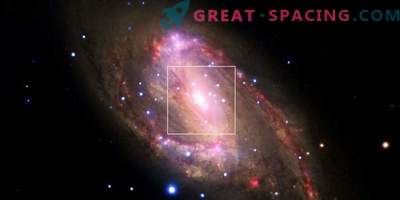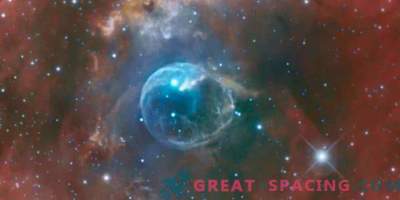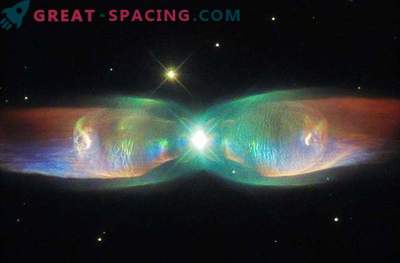
Scientists have revealed evidence of coronal mass ejection (VKM) from an outside star. This is the first such observation. Coronal mass ejection occurs when a star spews plasma and releases particles from its corona into the surrounding space. They often coincide with a solar flare. In the new work, the researchers noticed evidence of VKM from a large star (three times as massive as the Sun) HR 9024, which is 450 light years away from Earth.
It all started with a NASA Chandra X-ray Observatory data study 10 years ago. Some information hints at VKM. Scientists have reported that they have considered changes in X-ray wavelengths (Doppler shifts) emitted by a star to release material in the corona. At that moment they noticed a material that seemed to move away from the star after the end of the flash. It was obvious that this material was moving back and forth in a loop extending from the stellar surface. It was also said that the discarded material consisted of approximately 1 billion trillion grams. And the kinetic energy created was much lower than predicted by theory. Preliminary studies indicated that the material from the ACM could not avoid the strong magnetic field of a large star, which explains why the particular observed material was constantly returning to the loop. This also explains why the CME was not previously observed in other stars.
Some space researchers believe that such behavior can serve as an indicator of life on planets orbiting such a star. That is, either the worlds are protected from VKM impact, or they are exposed to a greater discharge.











































